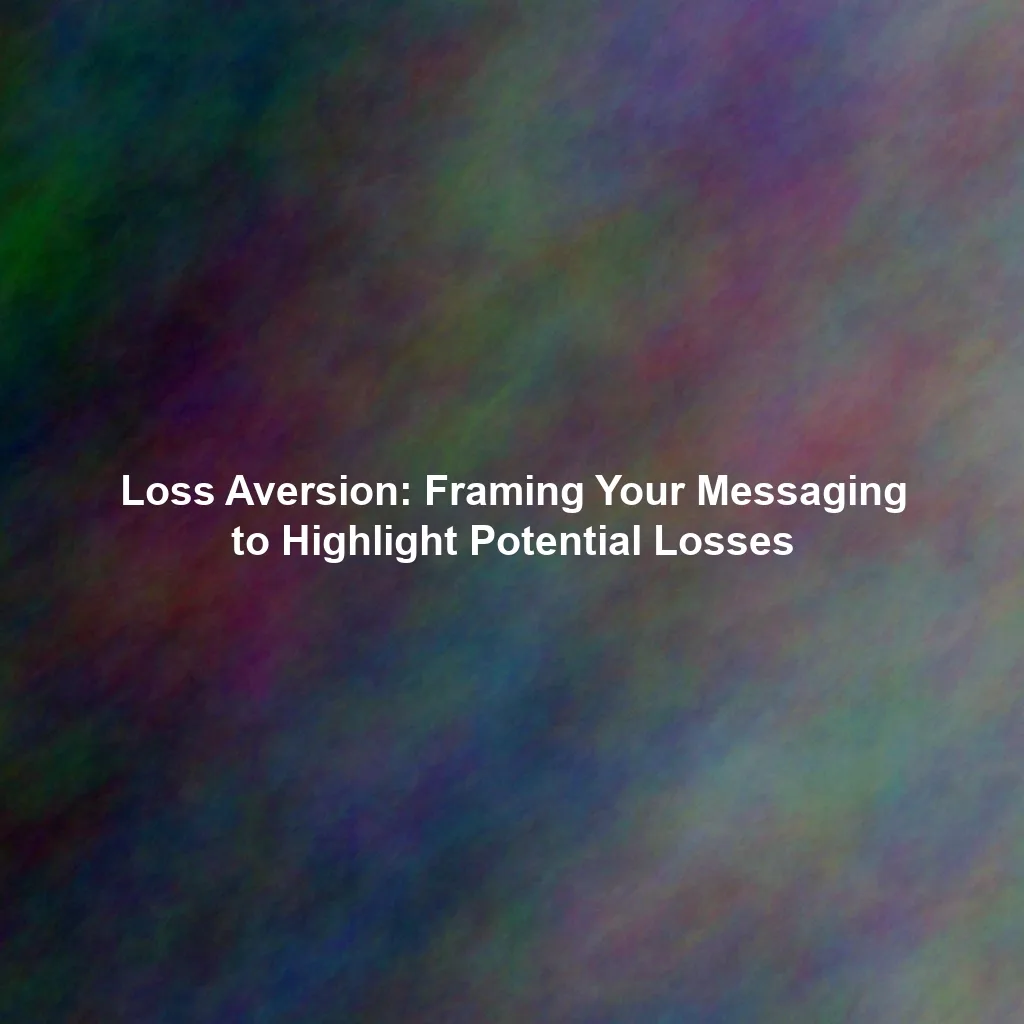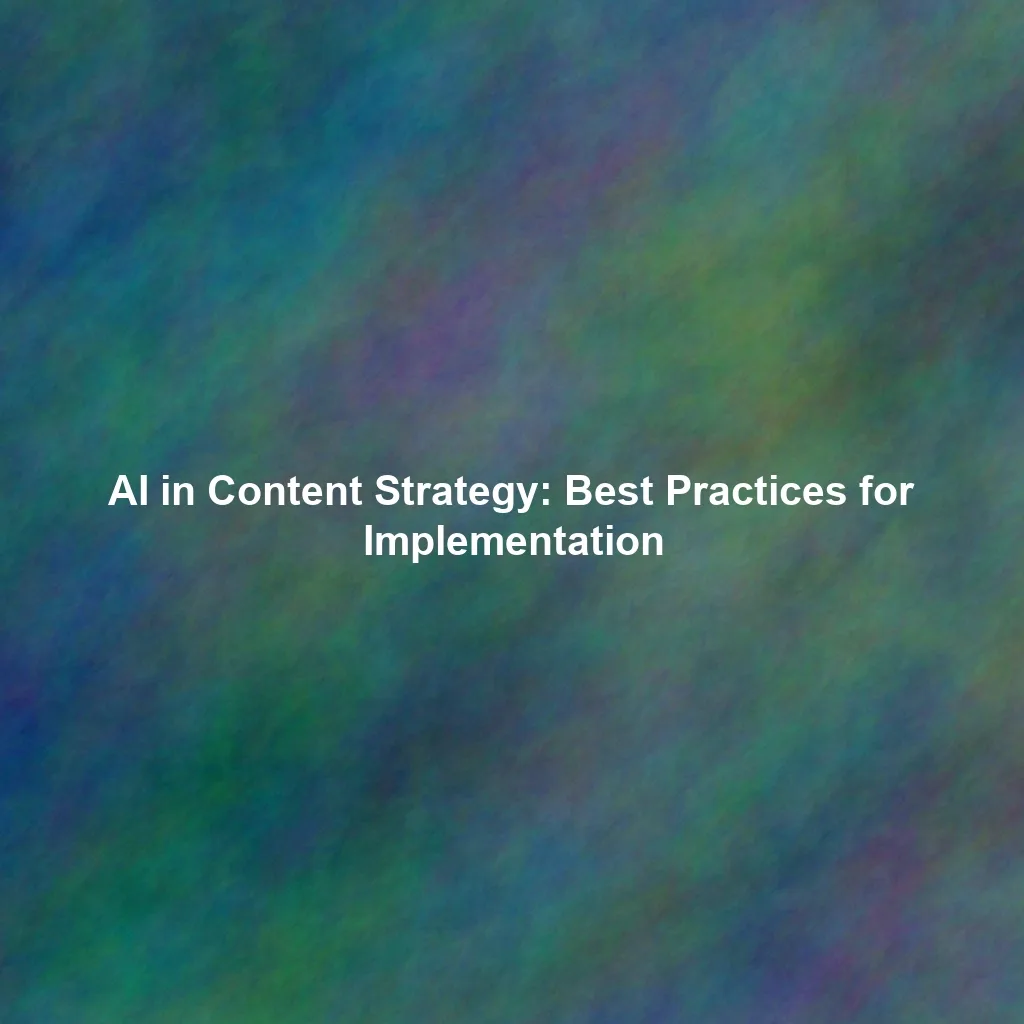What Exactly is Loss Aversion?
Put simply, loss aversion means that the psychological impact of losing something is roughly twice as powerful as the psychological impact of gaining something of equal value. Think about it: if you found $100 on the street, you’d be happy. But if you lost $100, you’d be significantly more upset. This isn’t just anecdotal; it’s a well-documented phenomenon in behavioral economics, pioneered by psychologists Daniel Kahneman and Amos Tversky.
The Psychology Behind the Pain
Why does loss aversion exist? Evolutionary psychologists theorize it stems from our survival instincts. In our ancestral past, avoiding threats (losses) was often more critical than seeking opportunities (gains). A missed hunt might mean going hungry for a day, but failing to avoid a predator could mean… well, that’s it.
How to Hack Growth Using Loss Aversion
Now for the fun part: how do we translate this psychological understanding into effective marketing? It’s about reframing your offers and messaging to highlight what customers stand to lose if they don’t take action. Here are a few weird but effective techniques:
1. The Scarcity Play (But with a Twist)
Everyone knows about scarcity – limited-time offers, limited quantities, etc. But instead of just saying “Only 10 left!”, try framing it as “Don’t miss out! Only 10 spots remaining to [achieve desired outcome]”. The emphasis is now on the lost opportunity rather than just the lack of availability.
2. The “Almost There” Effect
Loyalty programs are great, but the “almost there” effect takes it a step further. Instead of a blank loyalty card, give customers a card that’s already partially filled in. Research shows they’re more likely to complete it because they’re already invested and don’t want to “lose” the progress they’ve made.
3. The Free Trial (with a Catch)
Free trials are common, but often people forget to cancel and get charged. While seemingly unethical to some, a well-executed free trial strategy leverages loss aversion. People become accustomed to the benefits of your product or service during the trial. The impending loss of these benefits at the end of the trial period motivates them to subscribe. Make the cancellation process easy, though. Transparency is key to building trust (and avoiding negative reviews!).
4. The “Before & After” Transformation
Instead of focusing solely on the positive outcomes of your product, vividly illustrate the “before” scenario – the pain points your target audience is currently experiencing. Then, juxtapose it with the “after” – the desired state your product helps them achieve. This highlights the loss they’re currently enduring and the gains they’re missing out on.
5. The Negative Framing Technique
Instead of saying “Save 10%!”, try saying “Don’t waste 10%!”. The wording is slightly different, but the psychological impact is significant. You’re framing the offer as a way to avoid a loss rather than gain something extra.
6. The “Risk-Free” Guarantee (Revisited)
Risk-free guarantees are everywhere, but often feel generic. Instead of just saying “100% Money-Back Guarantee”, specifically address the potential losses your customer might be concerned about. For example, for a weight loss product: “If you don’t lose at least 5 pounds in the first month, we’ll refund your purchase, and you can keep the product! No risk of wasted money or lost effort.”
Ethical Considerations
It’s crucial to use loss aversion responsibly. Avoid manipulative tactics or exaggerating potential losses to pressure customers into buying something they don’t need. Transparency and honesty are essential for building long-term trust. Frame your messaging around genuine value and help customers avoid real problems, not manufactured anxieties.
Measuring the Impact
How do you know if your loss aversion tactics are working? A/B testing is your best friend. Compare versions of your marketing materials – one framed with loss aversion, the other with a more traditional gains-focused approach. Track key metrics like conversion rates, click-through rates, and sales to see which resonates better with your audience.
Conclusion
Loss aversion is a powerful psychological principle that can significantly boost your marketing efforts when used ethically and effectively. By understanding how people are wired to avoid losses, you can reframe your messaging to tap into their deepest motivations and drive growth. So, get creative, experiment with these weird marketing tricks, and watch your conversions soar. Just remember to always prioritize transparency and genuine value – that’s the real secret to long-term success.
 Skip to content
Skip to content

